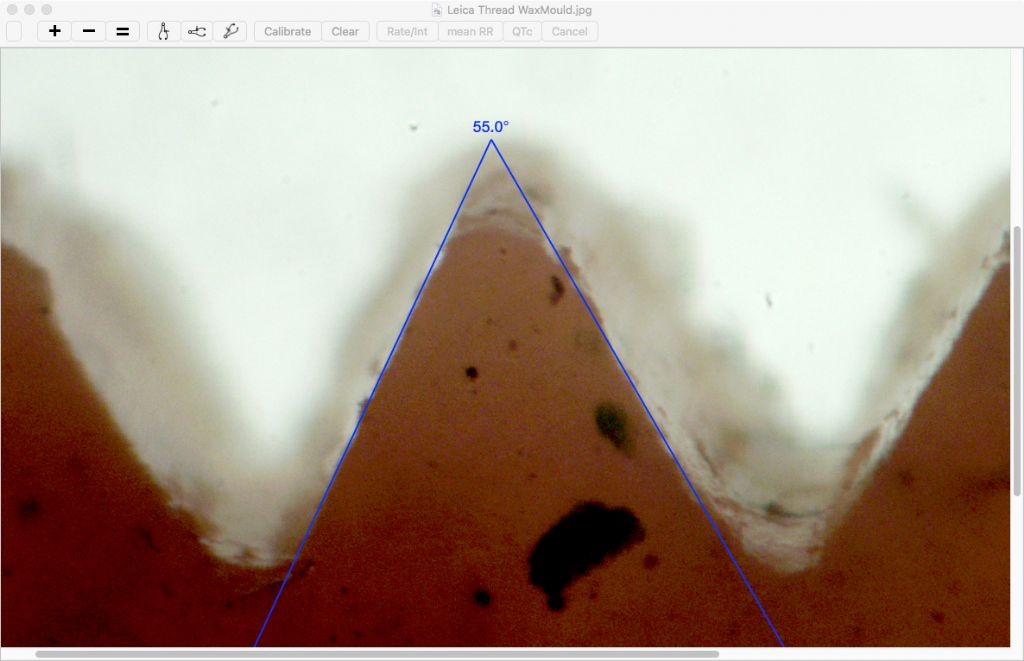Obviously, many years ago, a lot of manufacturers thought that it was 39 x 1, including E Leitz!
None of my photographic books, dating back to the 60s mention 26 tpi,
As an aside from this thread and in the hope of ending this particular argument, I have used my Starrett No 158 thread gauges to check:
The f/2.8 lens from a Fed 2 camera (The Fed and the Zorki were Russian copies of the Leica camera )
A f/2.8 Corfield Retro Lumax lens (A wide angle lens for the Leica fitting Corfield Periflex camera which used a small periscope to focus instead of the coupled rangefinder of the Leica, Reid, Canon and Contax cameras of that time )
A set of BDB Extension tubes, with a box marked "39 x 1 for Leica".
A Kopil "Bellowscope for Leica"
All the male threads checked out as 1 mm pitch.
An odd ball size or fitting will hold aftermarket sales, for a while, until it gets copied, or someone makes a tool to fit it.
(Use UNEF instead of UNF, or Metric Fine instead of Metric Coarse, because "Most people won't have them. Buy from us!" is the motto ).
So for Myford to use a non standard size or pitch of thread is nothing new. The early ML series soon went from the standard 7/8 x 9 BSW thread to 7/8 x 12 tpi, and the 1947 launch of the ML7 introduced what we now regard as a the Myford "standard" of 1.125 x 12 tpi.
In the same way, Boxford use a non standard pitch thread ( 1.5 x 8 tpi )for their Mandrel, as does my BL12-24 with its 2.250 x 8 tpi Whit form thread.
It is difficult, but not impossible, to get a 4 jaw independent chuck for the flange on the Clarke CL500M, without paying a high price to machine mart.
Standardisation is the name of the game unless there is a special technical reason, or you want your product to be exclusive, to retain aftermarket sales of spares and accessories.
Howard
brian jones 11.






